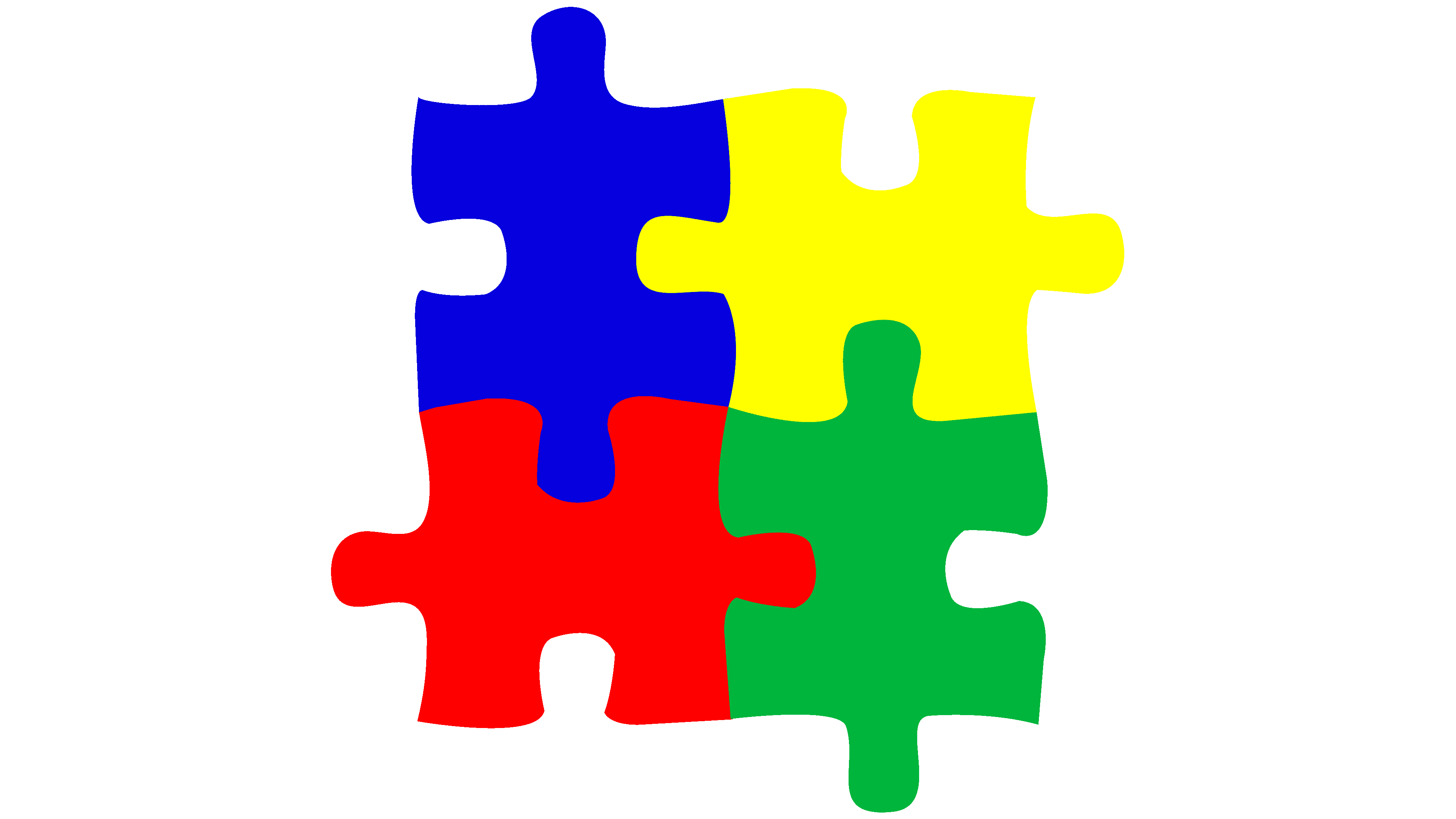Comprehending the Spectrum: A Comprehensive Guide to Autism Awareness
Comprehending the Spectrum: A Comprehensive Guide to Autism Awareness
Blog Article
Sustaining People With Autism: Best Practices in Education And Learning and Incorporation
The assistance of individuals with autism within academic settings necessitates a nuanced understanding of finest practices that promote addition and efficient discovering. Stressing organized environments, tailored mentor approaches, and joint efforts amongst households and instructors can significantly improve the educational experience for pupils on the spectrum.
Recognizing Autism Spectrum Disorder
Autism Range Condition (ASD) is a complicated neurodevelopmental problem defined by a series of challenges in social interaction, interaction, and habits. autism. Individuals with ASD may exhibit a range of signs and characteristics, commonly bring about a distinct profile of strengths and problems. The range nature of the disorder implies that signs and symptoms can vary dramatically in extent, with some individuals needing considerable assistance while others might operate separately
ASD typically materializes in very early childhood, with indications frequently evident by the age of two or 3. Usual attributes include difficulties in recognizing social cues, obstacles in participating in mutual discussions, and a choice for routines or recurring actions. Sensory sensitivities are likewise prevalent, impacting how people process and react to sensory input from their setting.
Comprehending these features is necessary for fostering efficient assistance strategies. Exact recognition of ASD signs and symptoms can cause prompt interventions that can substantially enhance an individual's quality of life. Additionally, acknowledging the varied ways in which the disorder shows up aids instructors, experts, and caregivers customize their techniques to fulfill the one-of-a-kind demands of each individual on the autism range.
Creating Inclusive Learning Environments
Developing a comprehensive learning setting is essential for sustaining people with Autism Range Disorder and promoting their social and scholastic success. Such environments prioritize acceptance, understanding, and partnership amongst all students, cultivating a sense of belonging. This technique calls for the energetic involvement of teachers, parents, and peers, developing a community that values diversity and inclusivity.
To attain inclusivity, physical classroom plans should accommodate different sensory demands, giving peaceful locations and adaptable seating alternatives. Visual supports, such as timetables and sign cards, can help understanding and predictability, crucial for lots of pupils with autism. Carrying out organized regimens and clear assumptions aids minimize anxiety and boosts discovering opportunities.
Cooperation amongst personnel is critical. Educators ought to involve in ongoing expert development to much better comprehend autism and its effects for understanding. Producing partnerships with specialized professionals, such as speech therapists and physical therapists, can further improve the assistance supplied to students.
Eventually, promoting a comprehensive discovering environment not only advantages pupils with autism however enriches the educational experience for all students, advertising compassion, respect, and a deeper understanding of individual differences. This cumulative effort is vital for growing a interesting and helpful instructional atmosphere.
Effective Showing Techniques
To successfully support people with Autism Spectrum Disorder in the class, educators must employ a selection of training strategies that accommodate the special discovering designs and demands of these pupils. One reliable technique is making use of aesthetic aids, such as charts, diagrams, and pictures, which can enhance comprehension and retention of information. These tools aid make clear complex principles and offer a recommendation factor for pupils.
In addition, implementing organized routines and clear assumptions can create a feeling of security and predictability, which is vital for several individuals with autism. It is additionally useful to incorporate hands-on learning possibilities, as these experiences can foster interaction and practical application of abilities.
Separated guideline needs to be a foundation of training strategies, allowing instructors to tailor lessons to individual toughness and obstacles. Utilizing social stories can help in establishing social abilities and understanding social hints, connecting interaction gaps.
Finally, regular responses and positive pop over to this web-site reinforcement can reinforce and inspire trainees desired habits. By integrating these approaches, educators can create a comprehensive and reliable knowing environment that supports the development and development of pupils with Autism Spectrum Disorder.
Teaming Up With Family Members and Communities
Efficient collaboration with family members and communities plays an essential function in supporting people with Autism Spectrum Condition. Involving them in the decision-making process makes certain that instructional approaches are tailored to specific staminas and difficulties.
Institutions ought to help with open communication channels, such as routine meetings, workshops, and comments sessions, to cultivate a feeling of area and count on. Additionally, including community organizations can provide accessibility to resources and support solutions that prolong beyond the class, enhancing social opportunities and ability advancement for individuals with autism.
Professional development for instructors must likewise emphasize the significance of family members interaction and neighborhood collaboration. Educating on culturally responsive methods can aid instructors much better understand and incorporate varied family members point of views. Inevitably, a joint method not only equips family members yet also improves the learning experiences of people with autism, developing a helpful ecological community that advertises their general health and success.
Promoting Social Abilities and Interaction
Promoting social skills and communication is essential for people with Autism Spectrum Condition, as these skills are foundational for building partnerships and browsing social contexts. Effective approaches for improving social competencies include structured social skills training, Our site peer-mediated interventions, and making use of social tales.
Social skills training programs can be tailored to address specific deficits such as starting conversations, understanding non-verbal hints, and taking turns during interactions. These programs frequently incorporate role-playing situations to give practical experience and responses. In addition, peer-mediated interventions, where generally creating peers are included, can facilitate naturalistic social communications, cultivating a supportive atmosphere for people with autism.

Moreover, developing comprehensive environments in institutions and area settings encourages opportunities for social engagement - autism. By promoting understanding and acceptance amongst peers, the potential for purposeful communications boosts, eventually bring about greater social competence and psychological wellness for individuals with autism

Final Thought
In verdict, executing ideal techniques for supporting people with autism in academic settings is important for promoting addition and understanding. Structured visit our website routines, aesthetic aids, and partnership amongst teachers, families, and area organizations boost finding out experiences and address private needs.
The support of people with autism within instructional setups demands a nuanced understanding of ideal methods that promote inclusion and effective discovering.Developing an inclusive discovering atmosphere is important for sustaining individuals with Autism Range Problem and promoting their social and scholastic success.To efficiently support individuals with Autism Spectrum Disorder in the classroom, educators should utilize a variety of training techniques that cater to the special discovering styles and demands of these trainees.Efficient cooperation with family members and neighborhoods plays an essential duty in supporting people with Autism Range Disorder - autism. Furthermore, peer-mediated treatments, where normally creating peers are involved, can facilitate naturalistic social communications, promoting a supportive setting for people with autism
Report this page